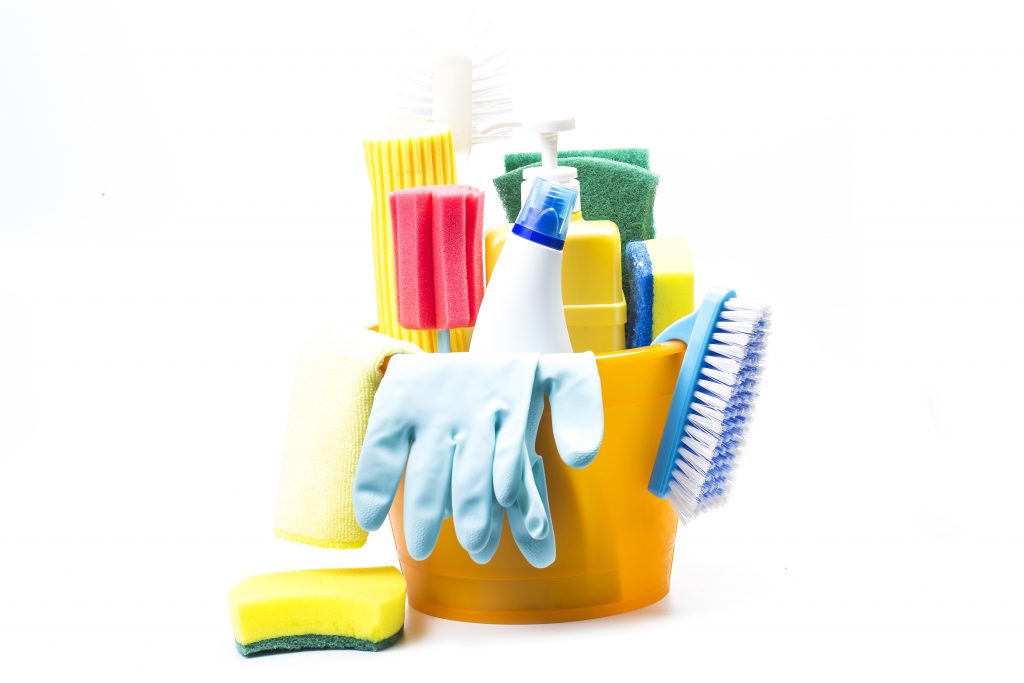Allergy Season: How Improving Your Indoor Air Quality Can Help


Spring has sprung and allergy season is upon us. Not only will we see UV levels in the weather reports, but we will also see the pollen levels, too. Outdoor triggers in the springtime are the leading cause of irritated sinuses. While most people think about how clean their homes are, during allergy season – with the windows wide open – they don’t consider how fresh the air is. Did you know that the air inside is often full of pollutants and not as clean as you first thought? As we spend so much time indoors, you may notice that poor air quality inside the house can lead to:
- Headaches
- Sinus pain
- Respiratory issues
As many of the population have allergies or asthma, it’s surprising how many overlook the cleanliness of the air in their home.
So, What Can Impact The Indoor Air Quality Of Your Home?
Irritants in the air that we breathe in can be a problem. Allergens can impact the quality of the air and outdoor air pollution can come in, making things worse. Some of the most common sources of allergens in the air include:

- Dust Mites
- Your pets
- Damp areas
- Curtains
- Carpets
- Soft furnishings
- Mattresses
- Bedding
Along with these, there are some sources of indoor air pollution, including:

- Air fresheners
- Cleaning products
- Cooking smoke
- Fireplaces and candles
- Cigarettes and vapes
- Vehicles in the garage
- New furniture fumes
- Paint
- Pesticides
The Benefits Of Improving Air Quality
There are so many benefits to improving the indoor air quality of your home, so let’s take a look at them:
Breathing Easier
We don’t think about breathing – until we can’t do it. With cleaner air, you get the oxygen that you need as you need it.
Sleeping Better
Our breathing patterns shift at night while we sleep, becoming steadier. Air quality is just as vital while we sleep as when we are awake.
Fewer Allergens
Did you know that up to 30% of the global population suffer from rhinitis due to allergies? Hay fever is the most popular and is caused by allergens in the air, and by eliminating allergens in the air, you won’t be sneezing so much!
Better Humidity
If you have a good balance of humidity, you will have good indoor air quality. Humidity affects your environment, and too much of it makes everything feel heavy. That extra moisture causes mold growth and attracts pests!
Reduced Energy Costs
Improving airflow in your house with ventilation, ensuring your carbon dioxide and humidity levels are maintained and being efficient with your HVAC are all ways to help to reduce your energy costs. Your home should make you feel good, not sick.
What You Can Do To Improve Air Quality
There are so many things that you can do to improve the air quality in your home, and we’ve got some of the best ways to do it right here:
UV-PCO Air Purification
Whole-house air purifiers like the Duo Air Purification System keep your indoor air pure and fresh. A powerful UVC germicidal light neutralizes airborne bacteria, viruses, mold, and fungi. This air purifier can help keep you and your family healthy by:
- Neutralizing 93.6% of germs in 2 hours
- Eliminating 88% of odors in 2 hours
- Removing 80% of odors, smoke, and gases from cleaning products (VOCs) in 2 hours
Mechanical Ventilation
If your home doesn’t have a lot of natural drafts or leaving the windows open makes your hayfever worse, then mechanical ventilation can improve the quality of the air in your home. It takes the bad air, filters the allergens and pollutants and feeds the good air back in!
Weather Stripping
Sealing your ducts can help to contain the natural drafts and leaks in the home. Those who have allergies can benefit massively from weather stripping the house and improving their indoor air quality as a result.
Reduce Indoor Pollutants
You may have been caught up in the Hinching craze on social media (cleaning, lots and lots of cleaning) and if so, it means you’re using a ton of chemical-based cleaner to get your home looking good. While that may be the case, in the end, controlling the pollutants will help to reduce allergens. Fewer indoor pollutants, such as the ones we listed earlier, will ensure that your breathing remains stable and comfortable.
You do not need to dread the Spring because of the allergies from which you suffer. You can’t do too much about outdoor air quality, but you can control how it impacts your home and comes inside the house. You can also control the indoor pollutants that you introduce to your house, with ventilation and sealing. Make your home an allergy-free haven, and you’ll be able to breathe easier. Improving the quality of your indoor air will vastly improve your quality of life. Take the time to learn where your allergens are coming from and you’ll be able to take a deep breath – every single day!
